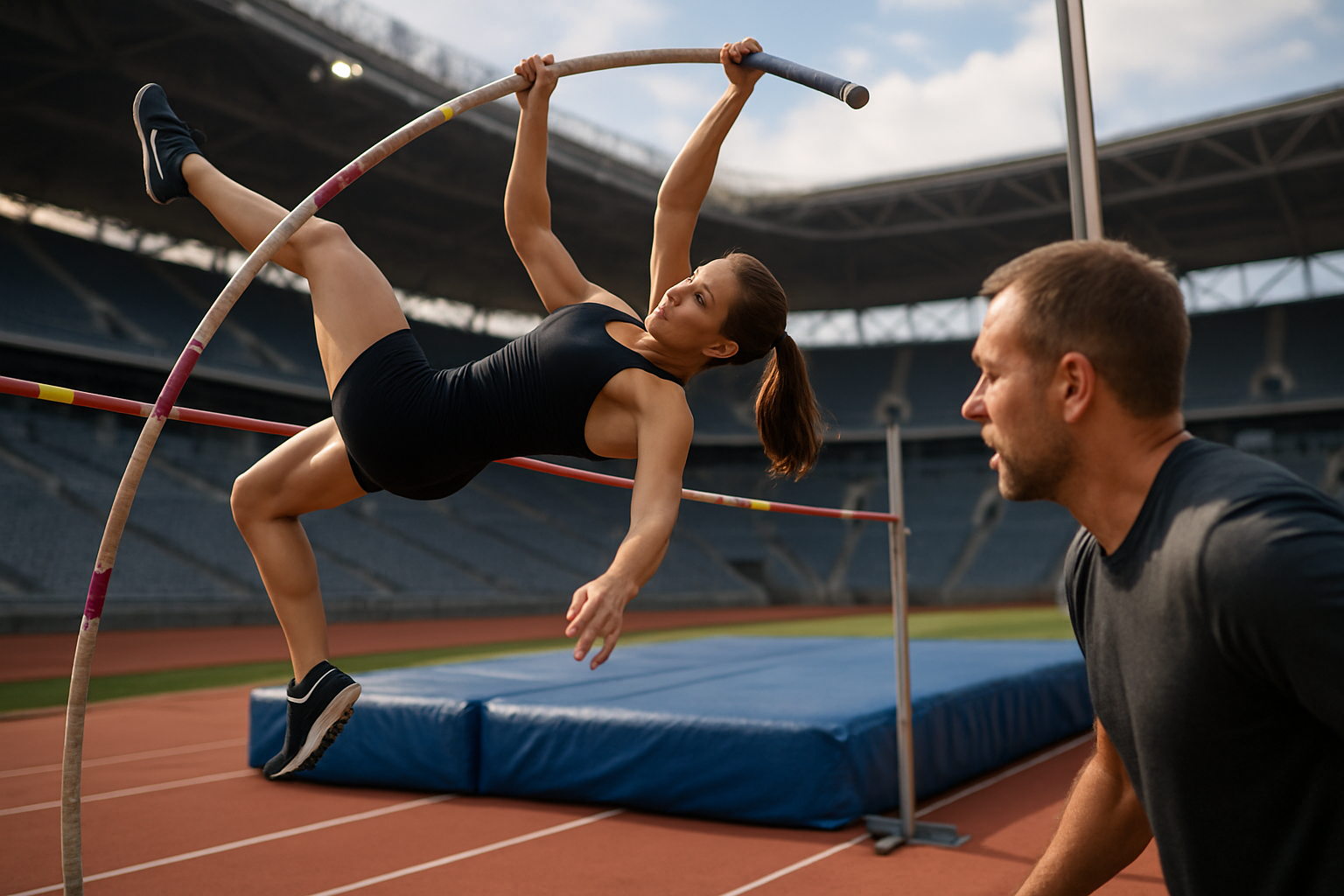Engaging global fan communities with interactive event coverage
Interactive coverage transforms how international audiences follow events, turning passive viewership into shared experiences. This article examines practical approaches to connect global fan communities using data, storytelling, social features, and accessible production techniques.

Live event coverage that invites participation can bridge time zones and language barriers, giving fans worldwide a stake in the action. By combining real-time stats, localized commentary, and social features, broadcasters and organizers can create layered experiences that work for casual viewers and data-driven followers alike. Effective interactive coverage balances storytelling with accurate analytics while protecting athlete wellbeing and fair competition.
How can athletics coverage boost engagement?
Athletics programming benefits from clear context and accessible storytelling. Presenting competition timelines, athlete bios, and interactive polls keeps viewers invested beyond a single moment of action. Incorporating fan-driven segments—such as predictions or highlight reels curated by users—encourages a sense of ownership. Community features like live chats, multilingual captions, and moderated forums help fans discuss performance, conditioning, and tactics while maintaining respectful interaction across regions.
How does training and coaching become interactive?
Training and coaching stories translate well to interactive formats by showing process rather than only results. Short training clips, behind-the-scenes coaching commentary, and Q&A sessions with coaches or athletes invite deeper understanding of conditioning, agility drills, and endurance planning. Integrating practical tips tied to nutrition and recovery creates utility for viewers who practice athletics or general fitness, while maintaining a clear separation between journalistic coverage and prescriptive coaching.
How can analytics enhance competition narratives?
Analytics deepen storytelling by turning raw numbers into accessible narratives about performance trends, momentum swings, and matchup dynamics. Visualizations—like heat maps, split times, or pacing graphs—help fans appreciate endurance and agility factors that influence outcomes. Presenting analytics in layers allows users to explore basic summaries or drill into advanced metrics. Clear explanations of what each metric means prevents confusion and supports informed discussion of competition and coaching decisions.
How to highlight performance, recovery, and injuries?
Coverage that responsibly addresses performance and injuries blends transparency with sensitivity. Use verified data and expert commentary to explain recovery timelines, typical conditioning steps after injuries, and how nutrition and load management factor into returns to play. This article is for informational purposes only and should not be considered medical advice. Please consult a qualified healthcare professional for personalized guidance and treatment. Avoid speculation about an athlete’s health and focus on confirmed updates and educational context.
How can wearables inform live broadcasting?
Wearables offer live telemetry—heart rate, speed, power output—that can enrich broadcasts when presented with proper context. Displaying wearable data alongside traditional stats can explain conditioning choices, pacing strategies, or how training translates into in-event performance. Privacy and consent are essential: ensure athletes agree to share data and that broadcasters anonymize or summarize sensitive metrics. Well-designed overlays and optional data layers let viewers toggle advanced feeds without overwhelming casual audiences.
How to build global communities around teamwork and competition?
Community-building centers on shared rituals and accessible entry points: synchronized viewing parties, translated commentary tracks, and platform-native social features such as emoji reactions and fan leaderboards. Highlighting teamwork narratives—role descriptions, chemistry-building examples, and coaching philosophies—encourages deeper fan appreciation. Collaborations with local influencers or commentators can localize coverage, while cross-platform hubs consolidate discussion across forums, social apps, and in-event experiences to sustain interest between competitions.
Conclusion Interactive event coverage succeeds when it respects the integrity of competition, centers accurate analytics, and makes room for community participation across languages and cultures. Thoughtful use of wearables, clear explanations of training and recovery, and tools that let fans contribute to the narrative can turn single events into ongoing global communities, improving engagement without compromising athlete privacy or safety.





